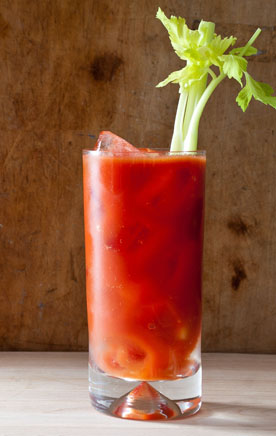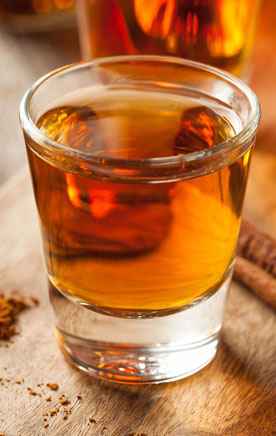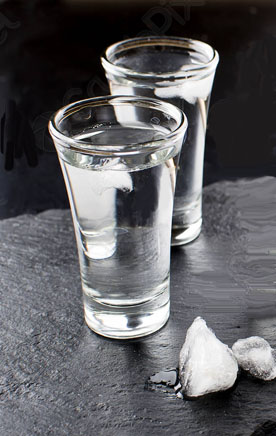Best Premium Imported Vodka
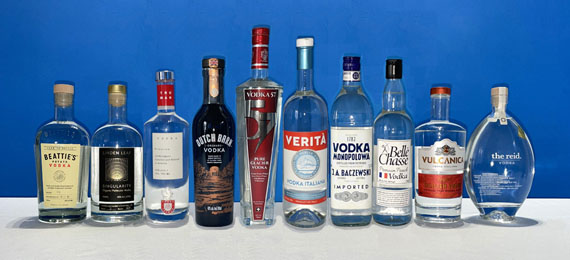
The Fifty Best held a “blind” tasting of 10 imported vodkas with ten members of our spirits judging panel. The order of service was established beforehand by lottery. Strict tasting rules were applied. The vodkas were poured into fresh glasses from new sealed bottles, and served at slightly above room temperature. Only ice water, neutral unflavored crackers and chips were available to cleanse the palate.
The judges wrote down their impressions of each product on score sheets. The scoring was done on a 5-point system, with 5 as the highest. Double-Gold, Gold and Silver medals are awarded according to a set range of final point scores received from the judges. There were no Bronze medals awarded for this tasting. Medals are provided based entirely on merit and only to products judged worthy of such award.
The tasting notes that follow are summaries of the judges’ opinions, with all replicated commentary eliminated. The distilleries and countries of origin are given, with a few tidbits added for each brand. All vodkas are 80° proof, except when indicated. Clicking on the brands' names will link to their websites.
|
|
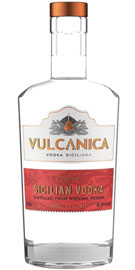 |
|
|
 |
|
|
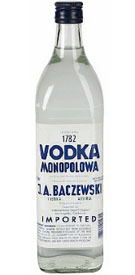 |
|
|
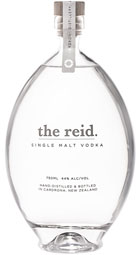 |
|
|
 |
|
|
 |
|
|
 |
|
|
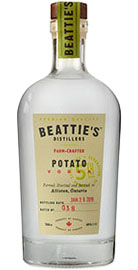 |
|
|
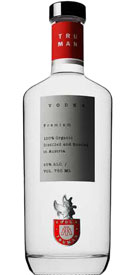 |
|
|
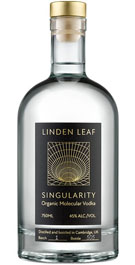 |
A Brief History of Vodka
The primitive production and consumption of vodka began roughly in the 13th and 14th centuries, when the method of distillation was practiced by medieval alchemists. There is much debate about which country invented vodka. Some say Poland, some Russia. There are even those that believe vodka was first brought to Russia by Genoese merchants, who swung by Moscow on their way to Lithuania in the late 14th Century.
By the 19th Century, distilleries producing vodka were found in many parts of Eastern and Northern Europe. But only the wealthy could afford it, so illegal homemade vodka production began to boom in the country towns and villages throughout Eastern Europe, and was consumed as a way to weather the cold and help folks to forget about life's hardships. Russians also love vodka for the same reason that the French love wine: it is a social drink that goes extremely well with food.
Prior to the 1950’s, vodka was rarely consumed outside of the USSR. American soldiers returning from Europe after WWII brought back vodka, and its popularity exploded.
Today's vodka
Vodka is a clear spirit, typically distilled from wheat, rye and barley malt, but can also be made from potatoes, corn or grapes, and sometimes blended. The fermented grain mash is distilled to a high proof, filtered and diluted with water. Vodka is never aged because aging does not improve the flavor, so distillation is limited to only a day or so. Since the aging process is eliminated, modern vodka producers have captured our imaginations through multiple distillations and exotic filtering processes such as volcanic rock, diamonds, precious metals, etc.
Vodka dominates the white spirits category accounting for 25% of worldwide spirits sales with over 53 million cases sold each year. Vodka is currently produced all over the world with over 550 imported brands available to consumers. The new vodkas have complex personalities, with a little mystery and a lot of sexy star power. Anyone who still believes that vodka is an odorless, tasteless, non-distinctive clear spirit, isn’t into ultra-premium vodkas. Serious drinkers are now interested in the vodka’s legacy (that is, its country origin and distillery history), and also its pedigree (such as water source, principal ingredients and filtration methods). While most vodka drinkers still prefer the spirit mixed in cocktails, true aficionados appreciate the virtues that set premium vodkas apart when consumed straight up at room temperature.
Disclaimer: This section of the website is intended for visitors 21 years of age and older.
If you are not of legal drinking age, please exit by clicking here.
Please drink responsibly!




